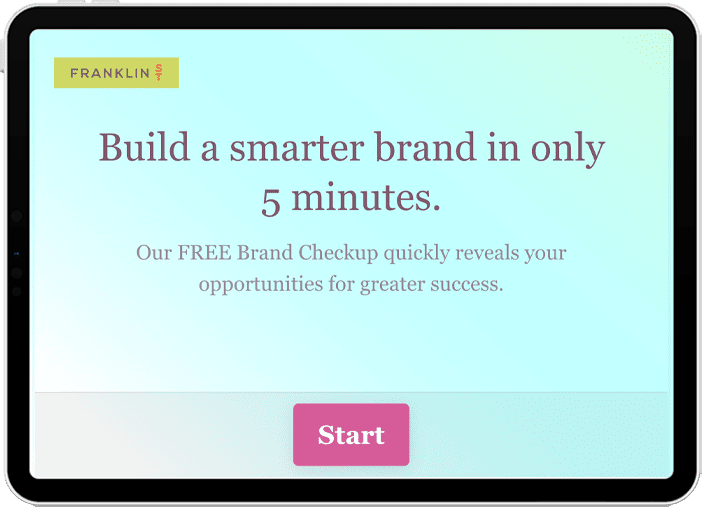Look back at your last 10 charges on your debit card. What were they?
In the interest of transparency, here were mine:
Target. E-Z Pass autocharge for highway tolls. Restaurant charges for lunch and dinner pick-ups. Kroger’s Click-List. And Amazon.
Can you spot the trend those charges have in common?
They make my life easier.
Target is convenient, reasonably priced and there’s a location near my office and home. My E-Z Pass makes my commute so easy I almost forget it’s not free. Take-out and delivery for when I’m in a hurry. My local grocery chain’s service to make grocery shopping that much easier. And Amazon—where one click to buy anything is almost always too easy.
And then there’s health care. This time I’ll use a friend’s recent experience—with their permission of course.
Three months ago, a friend made an appointment at their dermatologist office. The soonest they could be seen was three months out. With a known family history of skin cancer, they were taking preventative measures to have a few suspecting moles checked out. While they were surprised at the amount of time between making the appointment and the appointment itself, to make their life easier—they booked it and moved on.
The day of the appointment, they arrived 15-minutes early to check-in. Handed the front desk staff their debit card for the co-pay and their insurance card only to hear: “Oh… we no longer accept this insurance.” After a few composed and thoughtful responses later, my friend left their office and still hasn’t made a new appointment or bothered looking for a new dermatologist.
Now, there are a few things we could certainly debate.
In an ideal world, my friend would have researched and stayed on top of the providers in their current network. They would have thought to double check, given the state of health care today, that the dermatologist they’d been seeing for several years still accepted their insurance. Maybe even called their insurance provider ahead of time to confirm and review coverage as well.
But the reality is that people are never going to make their health a priority if health care doesn’t start making it easier. And with disruptors like Amazon and CVS Health willing to build easier experiences for consumers and give communities better access—only health brands that can compete will survive.
And to help health brands survive this new competitive landscape—and thrive—here are a few places to start simplifying:
PROCESS.
Take my friend’s story of something as simple as a consumer or even a current patient trying to make an appointment. Look at the power inefficiency can have on your organization. Not only did that dermatologist lose a loyal patient, but the story of yet another frustrating health care experience just spread far and wide through the community by word of mouth.
Are you making it as easy as possible? How many barriers does someone have to overcome?
The easier you make your workflow and process to understand, the easier it will be to train internal staff, tweak when needed and create efficiencies. One way to keep a pulse on your process is walking in the shoes of your current—and prospective—patients on a regular basis. If your organization primarily uses a centralized phone number for all appointments and referrals, give it a ring. From a consumer’s perspective, were you connected right away? Was it easy to make the appointment? Was the person on the other end of the line personable and helpful? Sometimes, it’s as simple as that.
MESSAGING.
Working in health care, we’re all guilty of using the jargon. Acuity care model. Pulmonary thoracic surgery. HMOs. PPOs. HMAs. Is it really that confusing that the average health care consumer is confused? Recently, to prove my point, I asked my mother how an acuity care model benefits her. Her honest response: “I have no idea what you just said.” Pulmonary thoracic? To consumers, that’s just called a lung doctor.
Make sure the language you’re using matches the language people use every day—and isn’t so watered down in its delivery that it blends into the background.
SIMPLICITY DRIVES PERFORMANCE.
In a crowded industry like health care, standing out in today’s marketplace is how your brand will survive. And if a local competitor 25 miles away or a national brand is competing for your space, making people’s choice easy will give them an easy choice to make.
For example, a parallel industry is the grocery business. In my hometown alone, there are more than 10 options, all within the same vicinity, for me to buy groceries. The products are relatively similar if not identical. They’re all close in proximity. So how do I choose which grocery store I spend my hard-earned money with? Look back at my last 10 debit card charges—it’s the brand that makes my life easiest and is reasonably affordable.

